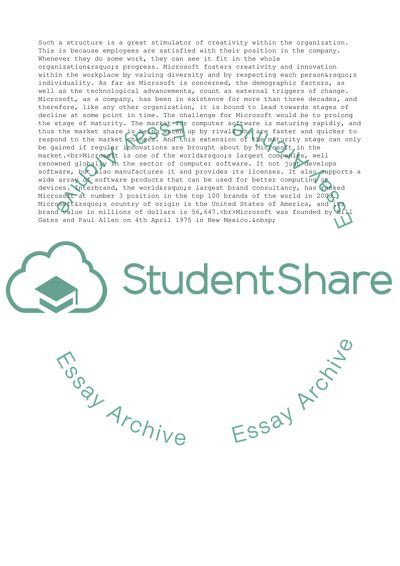Cite this document
(Managing Change and Creativity in Organizations Assignment, n.d.)
Managing Change and Creativity in Organizations Assignment. Retrieved from https://studentshare.org/business/1731282-managing-change-and-creativity-in-organizations-microsoft-indivial-report-format
Managing Change and Creativity in Organizations Assignment. Retrieved from https://studentshare.org/business/1731282-managing-change-and-creativity-in-organizations-microsoft-indivial-report-format
(Managing Change and Creativity in Organizations Assignment)
Managing Change and Creativity in Organizations Assignment. https://studentshare.org/business/1731282-managing-change-and-creativity-in-organizations-microsoft-indivial-report-format.
Managing Change and Creativity in Organizations Assignment. https://studentshare.org/business/1731282-managing-change-and-creativity-in-organizations-microsoft-indivial-report-format.
“Managing Change and Creativity in Organizations Assignment”, n.d. https://studentshare.org/business/1731282-managing-change-and-creativity-in-organizations-microsoft-indivial-report-format.


